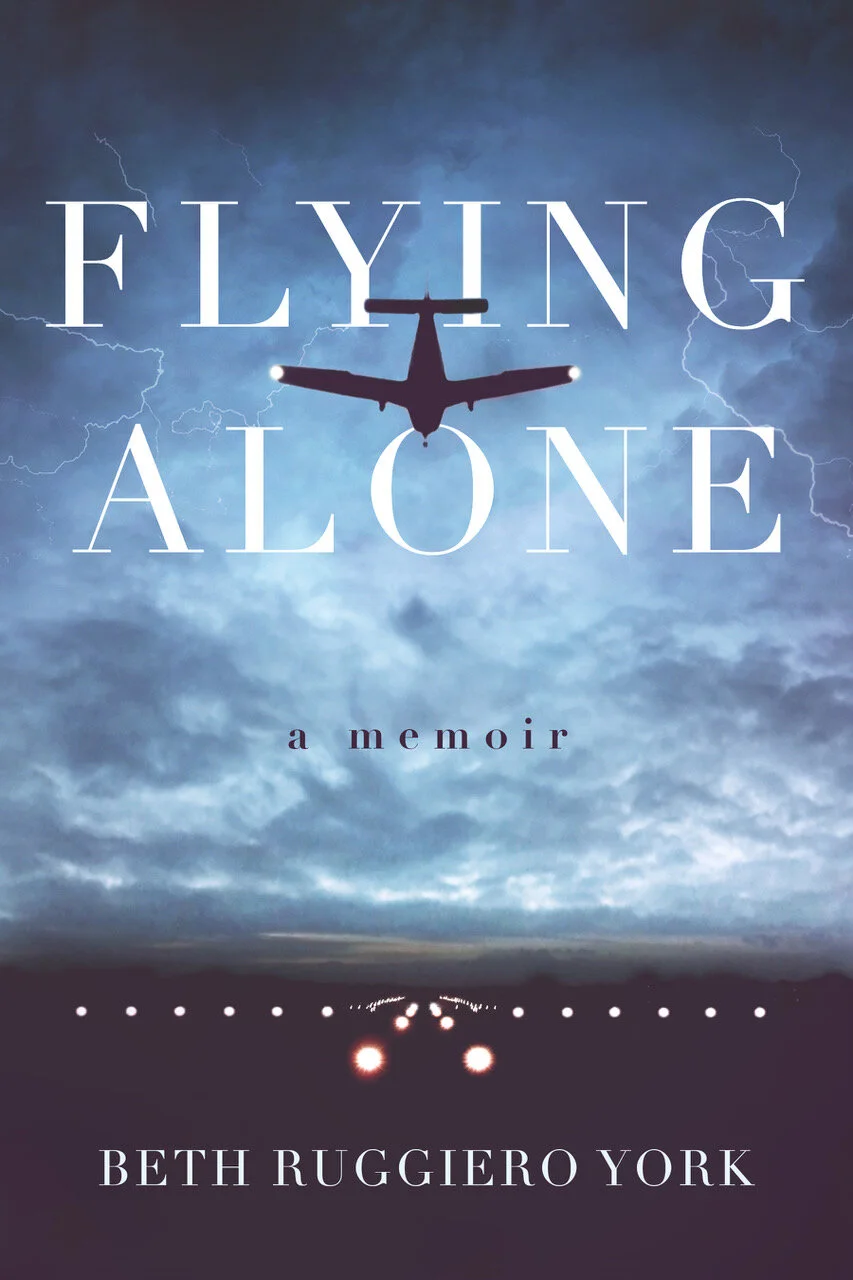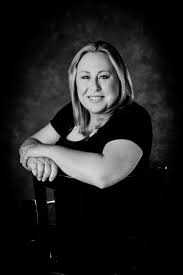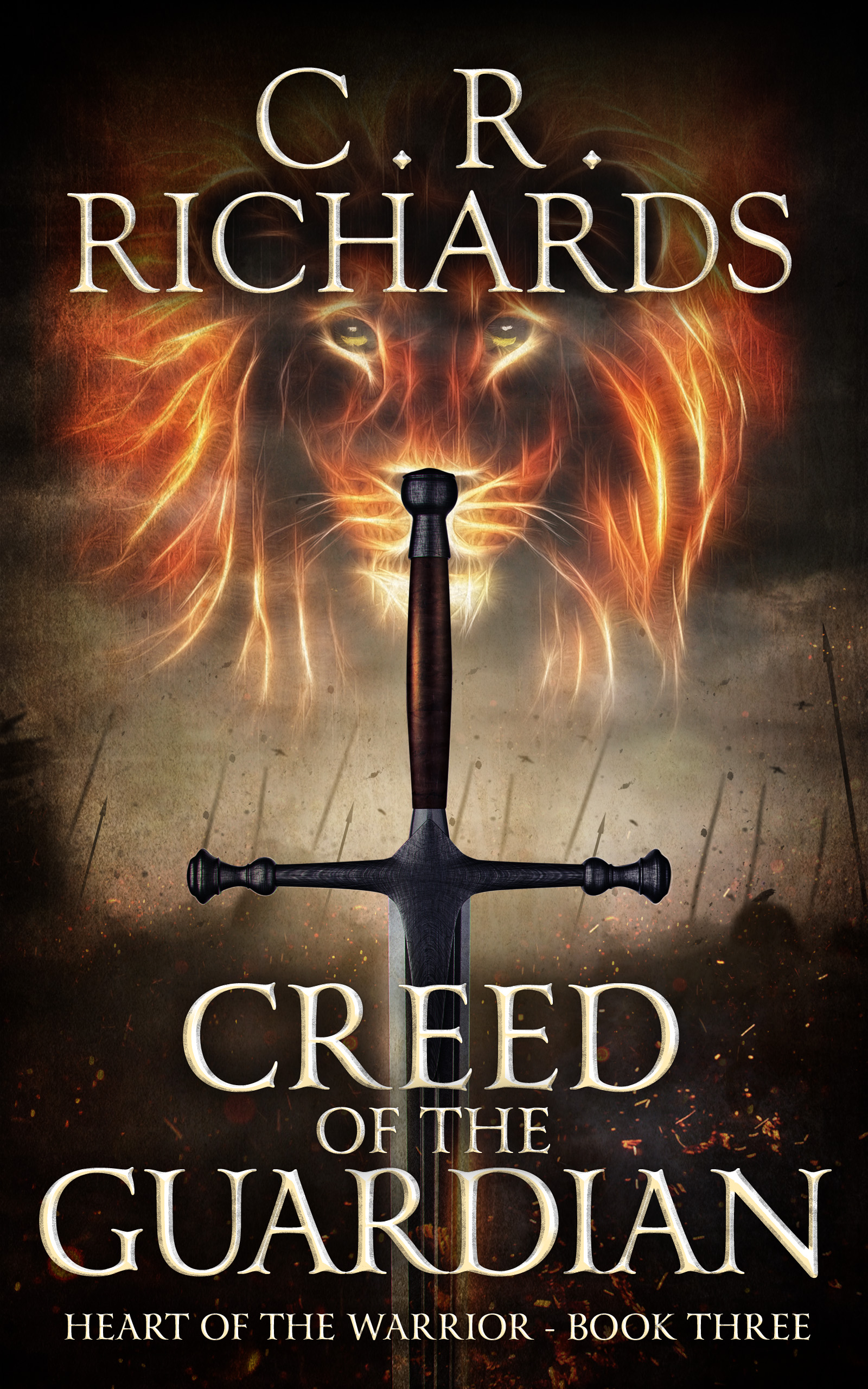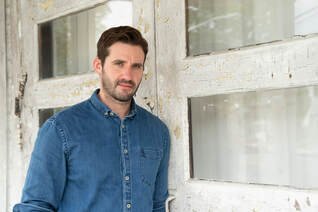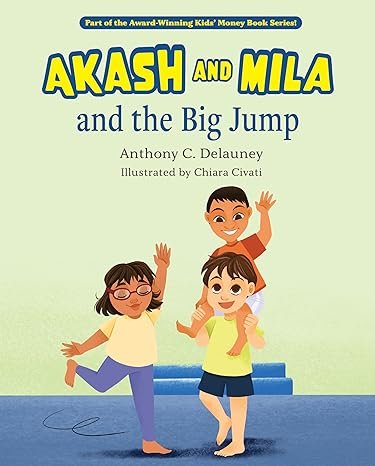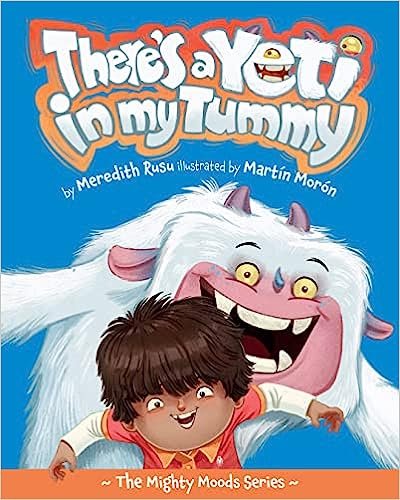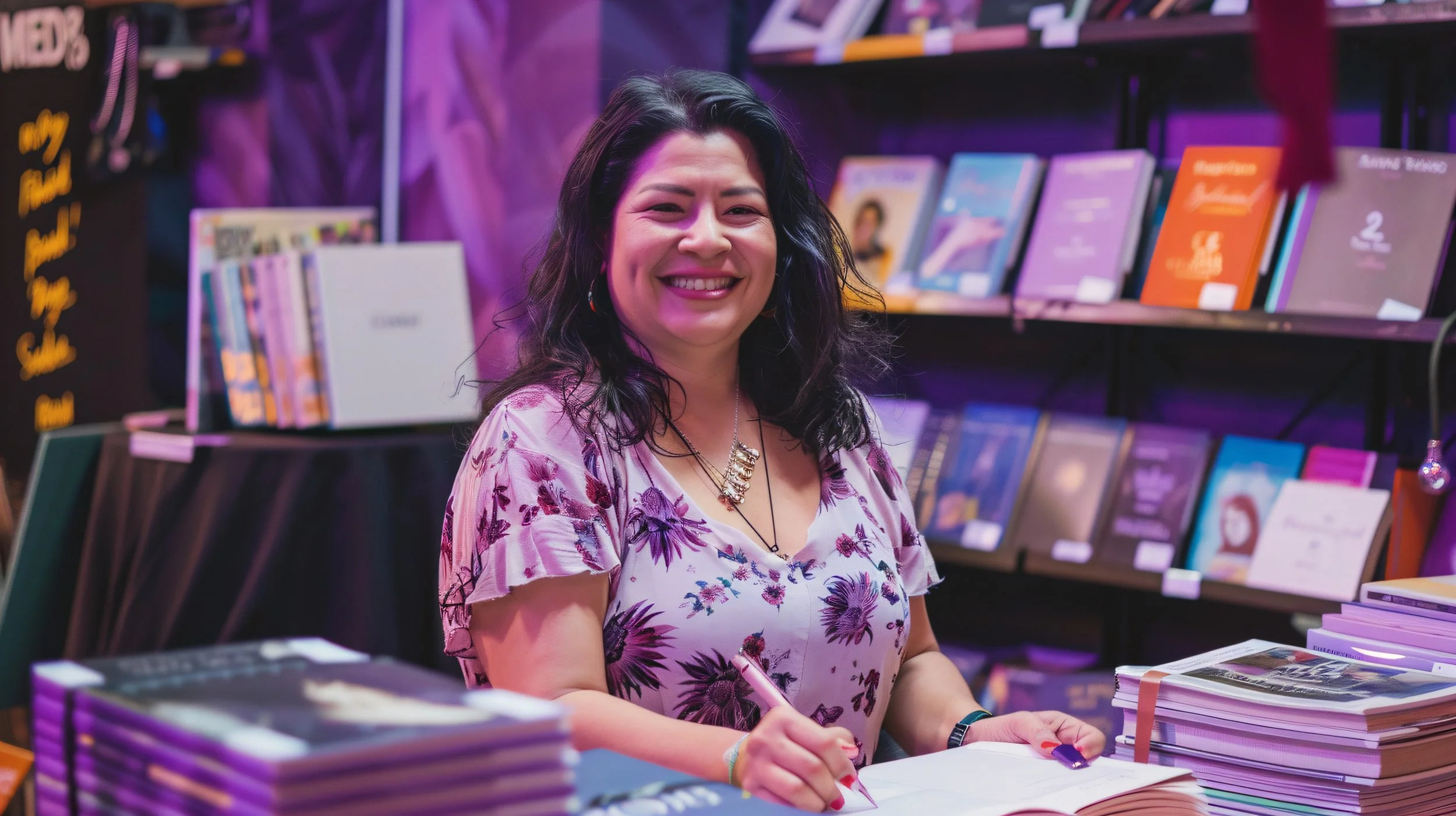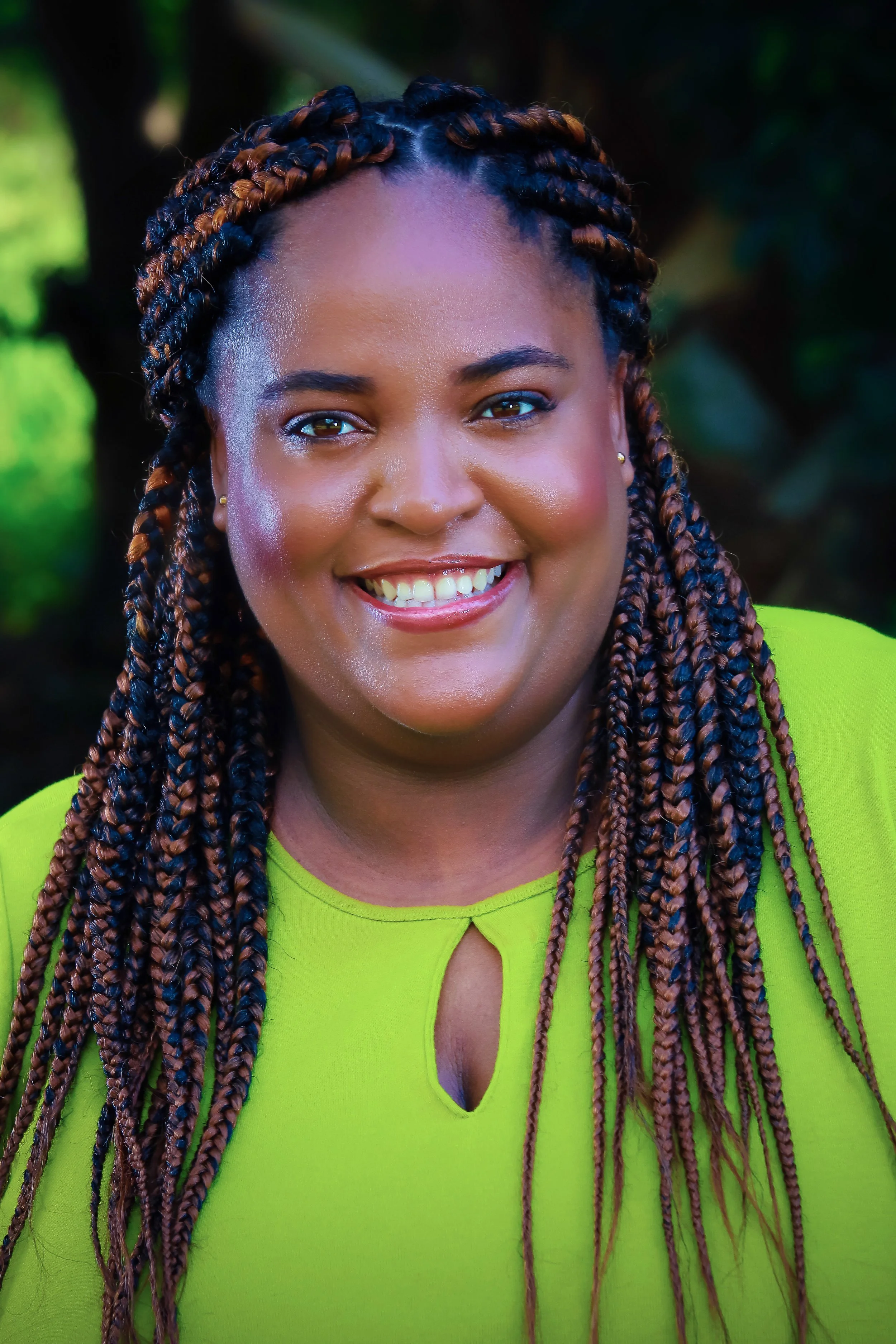It takes courage to write a memoir. Sort of like going to confession if you are Catholic. If you want absolution, you must admit to all the stupid things you’ve done. Similarly, if you want to sell your story, you must bare your moments of weakness to readers. The difference is that, in a memoir, you also get to tell about your triumphs and how you won in the end. Your life events need to span the full gamut of what life has thrown at you and resonate in the readers’ hearts and minds, and this means going deep into your soul to create the story, your story.
For me, Flying Alone was not going to be a memoir, even though all the events and characters are real. It was going to be a novel. Actually, it was to be a memoir masquerading as a novel, complete with names changed to protect the innocent and not so innocent. This way, I could fully reveal the events without having to own up to them. Those years in the 1980s when I was climbing and clawing my way up the aviation ladder were filled with risk, dangerous situations and some bad decisions. When I lost my FAA medical certificate in 1990 with the diagnosis of multiple sclerosis, my aviation career ended and I knew I had to write about it. Even though I wasn’t ready to expose some of it, I still pushed those thoughts aside and wrote… and wrote. The memories were fresh, and I could record them in the greatest detail. After completing the writing, I put it in a box and set it aside knowing that someday there would be a time to revisit it. Well, the time passed until about two years ago, when I finally knew I was ready.
I read it all the way through for the first time in so very long, reliving the experiences with all the edge-of-my-seat terror and suspense as when it actually happened.
Even though it was intended to be a novel, written in the third-person to shield myself from what readers might think of my escapades, there was no doubt only halfway through rereading it that it was, in fact, a memoir of a very turbulent time in my life. This posed the greatest difficulty in the editing process—telling it as my personal story in the first person, i.e., baring myself to readers and owning the truth. I had to make peace with all that had happened back then and, ultimately, I shared everything and could forgive myself for old mistakes and regrets.
At times, the distance of thirty years made it seem unreal, but that separation also helped me to look at those years with the objective compassion that comes with maturity. I remember and love the people who played important roles during that time, from Rod, my employer, mentor and flight examiner, to Melanie, my student, friend and cheerleader, and Peter, my dear friend and fellow risk taker who paid the highest price.
Flying Alone is the result of the cathartic process called memoir writing. But not only is this process cleansing and peace-making, it serves another important purpose—that is, recording history. Whether my history is important or not is not the point. Rather, the point is it is the history of a time and a small slice of life at that time.



